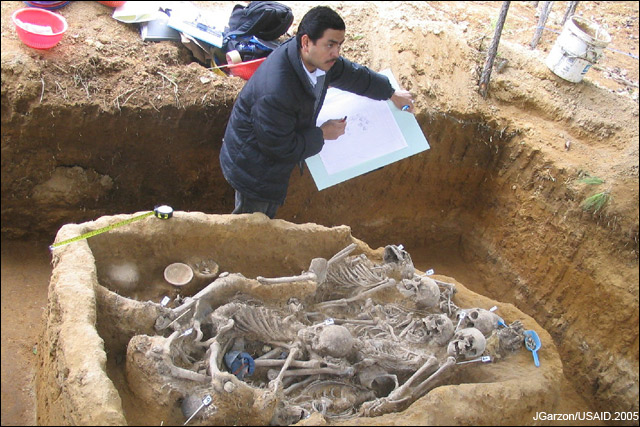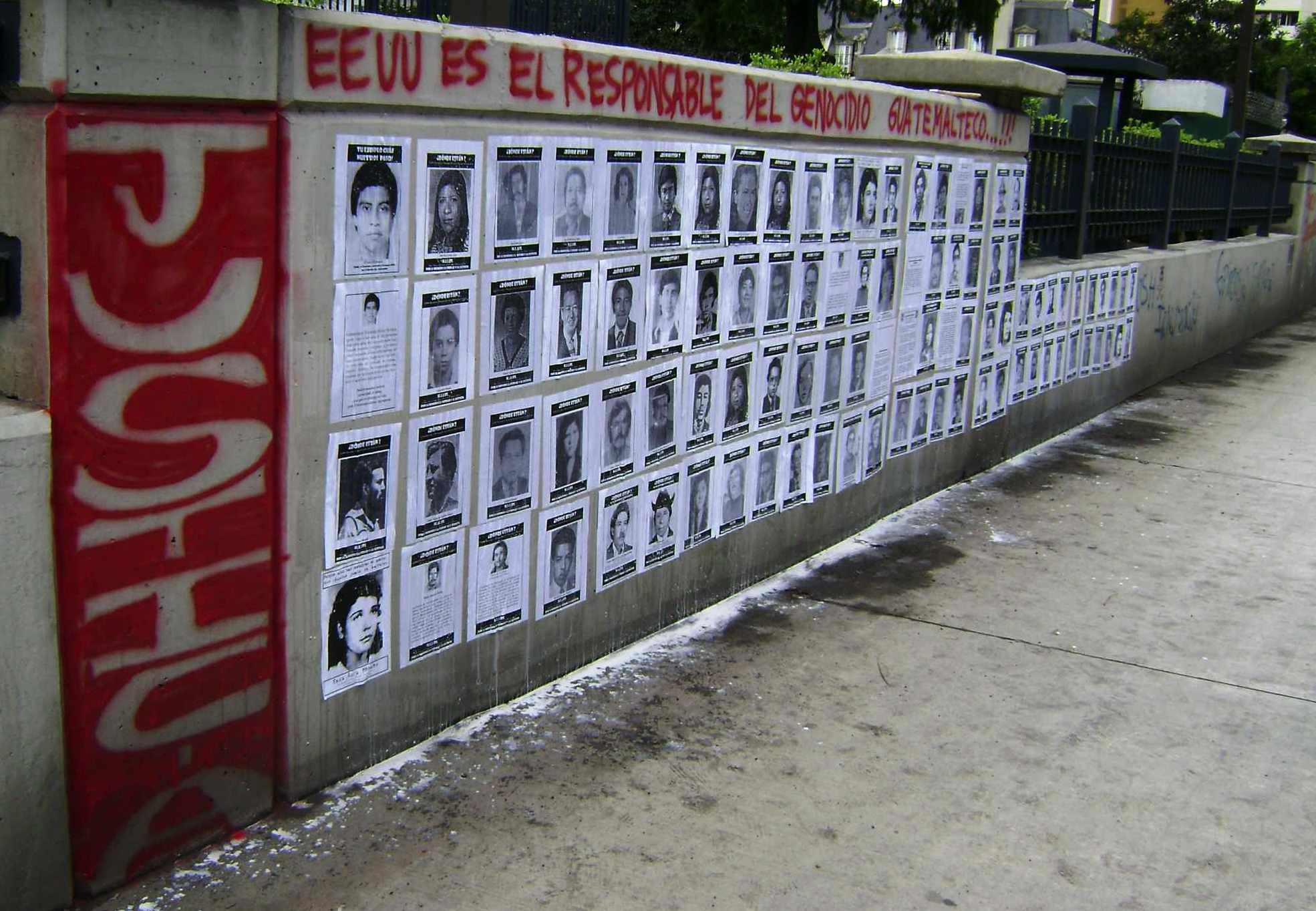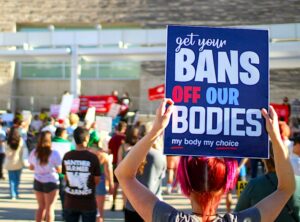Denial is a film for our time. Focusing on the historic trial of US Holocaust scholar Deborah Lipstadt in a London court resulting from libel charges brought against her by Nazi apologist and Holocaust denier David Irving, Denial reminds us that words matter. Irving, like all who deny the Holocaust and other genocides, presented himself as David confronting Goliath. From the Holocaust to slavery in America, from the Armenian Genocide to the Guatemalan Genocide, it is an oddity of revisionist history that perpetrators of mass violence claim to be victims of those they sought to annihilate as they deny the very act of annihilation.
Irving denied Auschwitz was a center of mass killing. He claimed that Holocaust survivors profited from their camp tattoos, minimizing their suffering and making their very survival suspect. He claimed that eyewitnesses and survivors were liars. By denying Auschwitz, he denied the Holocaust. At one and the same time, he sought to make Holocaust denial a respectable position as he exculpated Hitler because if the Holocaust didn’t happen, then Hitler didn’t order it or know about it.
In this way, Irving argued there was no systematic intent to commit the Holocaust. The numbers of dead were far fewer than claimed, there were no gas chambers, the Holocaust myth was invented by Jews for financial compensation, and that war is, after all, a bloody business were among his central arguments. Down this slippery slope, he argued that those who dared to disagree with him were guilty of libel and infringing on his free speech. These are not original ideas. Indeed, they are repeated by genocidaires and their apologists around the world and throughout history.
In the Guatemalan Genocide, the United Nations sponsored truth commission found the army killed more than 200,000 mostly Mayan people, razed 626 Mayan villages in a scorched earth campaign, disappeared 50,000 civilians (including 5,000 children), and displaced 1.5 million people. In the 25 years I have investigated the Guatemalan Genocide, I have witnessed the deployment of propaganda to exculpate the army and those who benefited from the Genocide as well as sophisticated smear campaigns directed at those who defend the rights of survivors.

In the 1980s and early 1990s, the army claimed the disappeared had gone to Cuba and that massacre victims had died in crossfire from battles between the army and the guerrillas. They dropped leaflets from helicopters naming human rights leaders as marijuaneros (marijuana smokers) and human rights profiteers. In a campaign of distortion, they sought to equate human rights advocacy with armed insurgency and subversion. As mass graves were exhumed in the 1990s and 2000s, forensic evidence mounted demonstrating army massacres; the army responded that “both sides had made mistakes.”
The problem with this argument is that there were never two sides. Just as the Third Reich carried out the mass killing of unarmed Jewish men, women, children and elderly, the Guatemalan army carried out a massive, planned killing of Mayan communities intended to destroy the Mayan people and their culture. In the 2000s, the army and their apologists have sought to challenge the genocide by accusing Nobel Laureate Rigoberta Menchu of lying, challenging the truth commission’s quantification of victims, accusing Maya massacre survivors of being guerrillas, and blaming the left for army massacres because the ideas of the left justified the army killing unarmed Mayan civilians.
Despite genocide trials and convictions of various army officers, including former dictator Efrain Rios Montt [whose 2013 conviction was overturned under pressure from the oligarchy], the aging genocidaires continue to blame the victims and threaten their lawyers and human rights advocates. I became the subject of attacks from the extreme right in Guatemala after I published an opinion editorial in the New York Times shortly after the Rios Montt conviction because I suggested that then-President (and former general) Otto Perez Molina should be tried for genocide because he was a commander at the Nebaj army base at the height of the Ixil genocide for which Rios Montt was tried.

Three days later, in a New York Times Letter to the Editor, then Guatemalan Ambassador to the United States Francisco Villagran de Leon praised Perez Molina and attacked my op-ed as an unfair political argument that misrepresented Perez Molina and Guatemalan history. Almost immediately, I found my name and image on a Facebook hit page of the extreme rightwing in Guatemala and echoed on 20 other Facebook pages of genocide deniers. In Guatemala, opinion editorials were run against me for my “corrosive work against Guatemala” and a significant portion of an hour long national radio program attacked me and also accused me of having a hand in the conviction of Fujimori in Peru (which is comical because I have never even been to Peru). It was reported in the Guatemalan press that Perez Molina wanted to sue me for slander and libel in Guatemala and the United States. Two weeks after the op-ed, when I opened my Gmail account, it had a flashing red banner that said: “Warning, we believe state-sponsored attackers may be attempting to compromise your account or computer.” I was also followed and harassed by two Guatemalan men with military bearing dressed in civilian clothing (matching grey suits) at an international scholarly conference in Washington DC. While the dark side of Guatemala was able to send a message to me in the United States, I was also able to respond by seeking support from the State Department (after which, the threats ceased).
My Guatemalan colleagues have not fared so well. In the past three years since the trial, they have had death threats, been physically attacked, had grenades thrown in their yard, found a dead rat hanging in a locked car, received threatening phone calls, been arrested on trumped up charges, been robbed, extorted, and forced into hiding or exile to protect their lives and those of their families. There is a continuum of official and extra-official violence from the civilian government appointees like Ambassador Villagran de Leon who legitimize violence by dismissing uncomfortable facts as “political arguments” to the anonymous internet death threats that amount to public hit lists against those with the temerity to seek justice to the actual violence meant to intimidate and silence the truth.
During the genocide trial of Rios Montt, then-President Otto Perez Molina told an elite group of Guatemalan businessmen, “I could observe what was happening, and I say here, I, Otto Perez Molina: In Guatemala there was no genocide. It is important to highlight this because I lived it. I know the terrain and there was no document. I personally never received a document to go slaughter or kill a population.”
Actually, there are declassified United States and leaked Guatemalan documents that form a part of the preponderance of evidence. There is also a video of Perez Molina when he commanded Nebaj in 1982. He stands with four dead bodies covered with flies at his feet as he says, “the army does not kill people.” The curious thing about his statement in the video is that while Perez Molina denies that the army kills people, his soldiers are kicking the dead, tortured bodies of civilian Maya on the ground of the courtyard. One soldier says that they brought the men (alive) to the major (Perez Molina) and that the major had interrogated them. The soldier explains that the men gave no information, but does not explain how they came to be tortured dead bodies on the ground.
Forensic evidence from hundreds of exhumations indicates massacres carried out by the army, not confrontations between two armies or armed groups, and not civilians caught in crossfire. The forensic evidence shows extrajudicial executions and massacres of civilians – indigenous people – men, women, youth, children, babies and the elderly- killed with army bullets. Poor and helpless people who were often buried with their hands tied behind their backs, women with their babies still wrapped in shawls on their backs – babies that were probably buried alive as they wailed. These are the victims of a planned genocide that was executed with precision by a highly trained army that functioned under a tight vertical command structure and Perez Molina was a commander on the ground during this genocide. Perez Molina, implicated in the genocide, now sits awaiting trial, not for genocide, but for corruption after being pushed out of office following the revelation of the parallel tax structure he established during his presidency for his own enrichment.
Recently, the Shoah Foundation’s Center for the Advanced Study of Genocide at the University of Southern California held the first international conference on the Guatemalan Genocide. More than 20 scholars from all over the world gathered to share their research on the genocide and plan collaborative work in the future. The Guatemalan Genocide is now in the Shoah Foundation’s archive along with the Holocaust and Armenian Genocide. The archive makes the documents, testimonies and other evidence of these genocides and the Holocaust available to all. Those who deny the Holocaust, the Armenian Genocide or the Guatemalan Genocide are not expressing an opinion, they are lying to promote their own agenda. While Denial shows that historical truths can be determined in a court of law, the Shoah Foundation leaves the last word to the thousands of survivors in its archives.
(The opinions expressed here are those of the author)
© 2016 – 2023, Victoria Sanford. All rights reserved.





